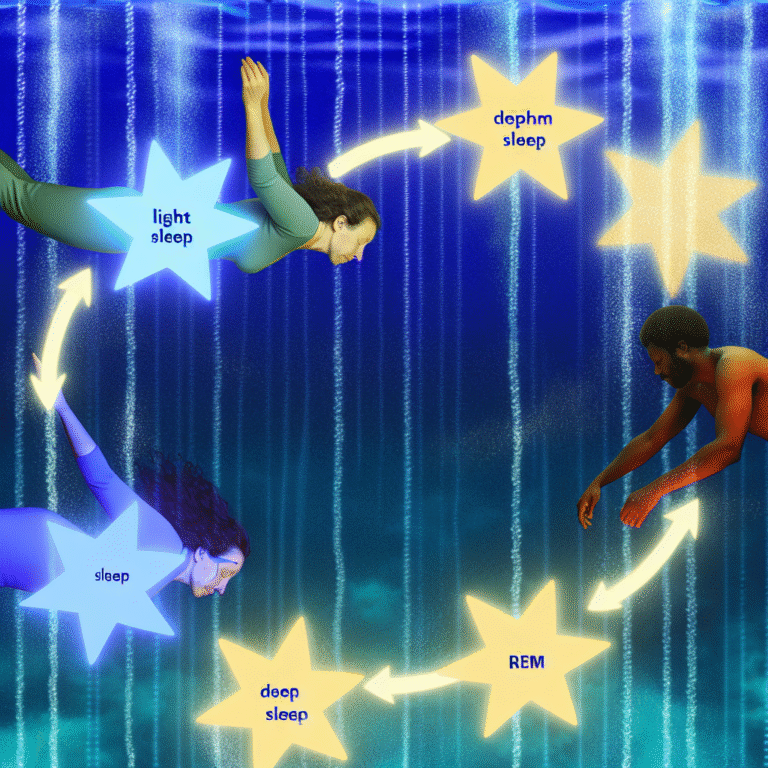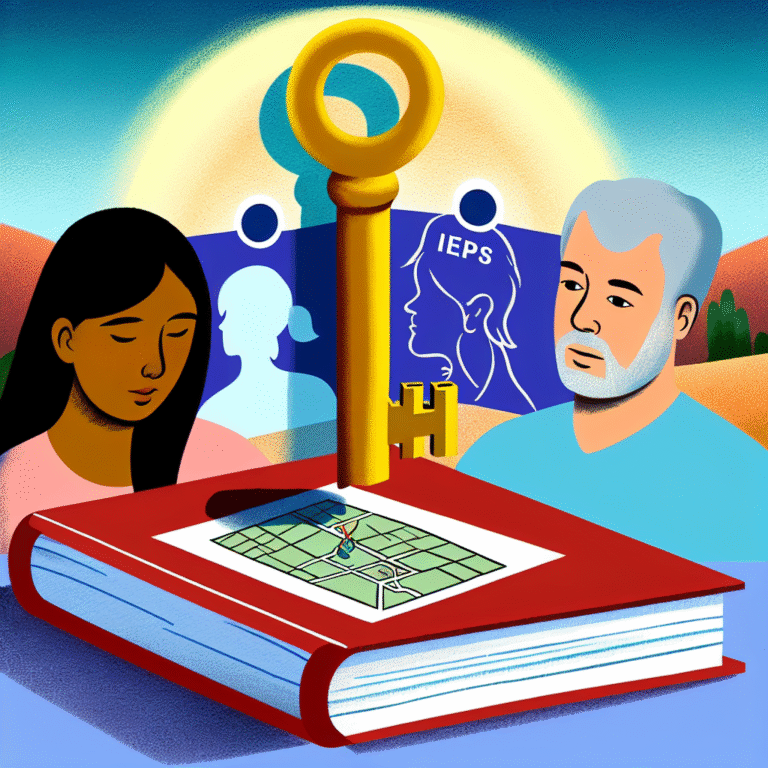
Fight, Flight, or Freeze? Unlocking the Complexities of Our Survival Responses
Introduction
Imagine a dark alley where a shadow lurches toward you. What you do next could mean the difference between life and death. In that moment, your body instinctively triggers a primal response, activating the age-old survival mechanism known as "fight, flight, or freeze." Understanding this complex interplay of responses is essential not just for psychologists and neuroscientists, but for anyone curious about the human condition. The responses we choose in crises can shape not just our immediate survival but also our long-term well-being. Welcome to a deep dive into the mechanisms behind Fight, Flight, or Freeze? Unlocking the Complexities of Our Survival Responses.
Understanding the Survival Response
The Biological Mechanisms
When facing a perceived threat, our bodies engage in a rapid series of physiological changes. The limbic system, often described as our emotional brain, activates the hypothalamic-pituitary-adrenal (HPA) axis, leading to increased adrenaline and cortisol levels. These hormones prepare us for immediate action, whether that action is confronting a threat, escaping it, or becoming immobilized.
Table 1: Key Biological Changes During Survival Responses
| Response Type | Hormones Involved | Physical Changes |
|---|---|---|
| Fight | Adrenaline, Cortisol | Increased heart rate, muscle tension, heightened awareness |
| Flight | Adrenaline, Cortisol | Increased heart rate, rapid breathing, blood diversion from extremities to major organs |
| Freeze | Cortisol, Endorphins | Muscle tension, lowered metabolic rate, temporary paralysis |
The Evolutionary Perspective
From an evolutionary standpoint, the fight, flight, or freeze response has been crucial for human survival for millennia. Early humans facing predators would either confront them (fight), escape (flight), or play dead to avoid being attacked (freeze). Understanding this adaptive function offers profound insights into current human behavior and psychological responses, often reflected in our daily lives.
The Fight Response: Rising to the Challenge
When the Tiger is at the Door
The fight response embodies courage and aggression. In a perceived threat, some people opt for confrontation over avoidance. This response often arises when individuals feel they can successfully tackle the challenge before them. A compelling case study illustrates this:
Case Study: The Heroic Bystander
In 2016, an armed robbery took place in a convenience store when a customer, rather than fleeing, intervened and subdued the robber until police arrived. His immediate fight response not only protected himself but also saved the clerk and other customers present.
Analysis: This instance exemplifies how the fight response can emerge within us even when the stakes are high. People often engage in heroic acts driven by adrenaline and the instinct to protect others.
The Risks of the Fight Response
While fighting back can be empowering, it doesn’t come without risks. Engaging with a threat can lead to escalated violence or put one at greater risk. Understanding when this response is appropriate is critical, emphasizing the need for situational awareness.
The Flight Response: Seeking Safety
The Instinct to Run
The flight response represents self-preservation through avoidance. This is an essential survival strategy, especially in situations where confrontation might not yield a favorable outcome.
Case Study: The Office Evacuation
During an office fire, employees instinctively fled the building, prioritizing their safety over possessions or concerns about the office environment. This behavior is often embedded in workplace training programs highlighting the significance of evacuation protocols.
Analysis: The flight response during emergencies reflects a collective instinct. Understanding how and why we prioritize immediate safety can lead to improved emergency preparedness in various environments.
Psychological Implications of Flight
While fleeing can be a wise choice, excessive reliance on the flight response can lead to avoidance behavior in other areas of life, such as relationships or personal challenges. It’s crucial to create a balance between flight and engagement in daily experiences.
The Freeze Response: The Paradox of Inaction
The Role of Paralysis
Less discussed but equally significant, the freeze response activates when individuals feel overwhelmed. This can lead to a state of temporary paralysis or immobility, allowing for a brief moment to assess the situation or to escape detection by a predator.
Case Study: The Victim of Assault
In a notable incident, a person was attacked but could not move or respond in the moment due to fear. This intense reaction is frequent in traumatic experiences, where victims feel a freeze response overtaking them rather than fight or flight.
Analysis: The freeze response serves as a protective mechanism, but understanding its causes—often linked to past trauma—can help individuals regain control and seek healing.
Navigating the Freeze Response
While the freeze response can be detrimental to coping with current threats, acknowledging it can be the first step toward recovery. Therapeutic interventions like Cognitive Behavioral Therapy (CBT) often focus on helping individuals transform a freeze response into proactive measures.
The Interplay of Responses
The fight, flight, or freeze responses are seldom isolated; rather, they exist on a continuum, influenced by past experiences, personality traits, and the nature of the threat. One may oscillate between these responses, complicating emotional and behavioral outcomes.
The Role of Environmental Context
The environmental context—such as cultural attitudes toward confrontation and support systems—can significantly affect which response is activated. For example, collectivist societies may emphasize group safety, potentially favoring flight responses.
Chart: Influence of Environmental Context on Survival Responses
| Context | Common Response |
|---|---|
| High Threat | Fight/Flight |
| Low Support | Freeze |
| Supportive Network | Fight/Flight |
Conclusion
Understanding the Fight, Flight, or Freeze? Unlocking the Complexities of Our Survival Responses encompasses recognizing the biological, psychological, and social dynamics at play. While these instinctual reactions have their advantages, they also bear the weight of consequences that can affect mental health and relationships. By understanding these mechanisms, we can cultivate better coping strategies, harness our innate strengths, and ultimately foster a more resilient self.
In the face of challenges—be they physical threats or emotional upheavals—consider the response that is most beneficial for your situation. Embrace the courage of the fight response when necessary, the wisdom of flight when safety is paramount, or the acceptance of freeze as a temporary means of coping. Our survival is not just about instinct; it’s about mindful choices that lead to growth and healing.
FAQs
1. What triggers the fight or flight response?
The fight or flight response is typically triggered by perceived threats, which can be physical dangers or emotional challenges, activating the body’s stress response system.
2. Can all humans experience the freeze response?
Yes, the freeze response can happen to anyone under extreme stress or trauma, acting as a temporary survival mechanism.
3. Are there positive aspects to the freeze response?
While often seen as negative, the freeze response can allow individuals to assess a situation more thoroughly and is a natural reaction to overwhelming circumstances.
4. How can therapy help with survival responses?
Therapeutic approaches like CBT can help individuals reframe their fight, flight, or freeze responses, enabling healthier coping mechanisms and emotional resilience.
5. Is it possible to train oneself to manage these responses?
Yes! Techniques such as mindfulness, exposure therapy, and stress management can prepare individuals to respond more effectively to threats, potentially altering their instinctual reactions over time.
Understanding and harnessing our survival responses offers a rich landscape for personal growth and emotional mastery. Embrace the complexities of your instinctual reactions, for they are the pathways to survival—and, ultimately, understanding yourself.














